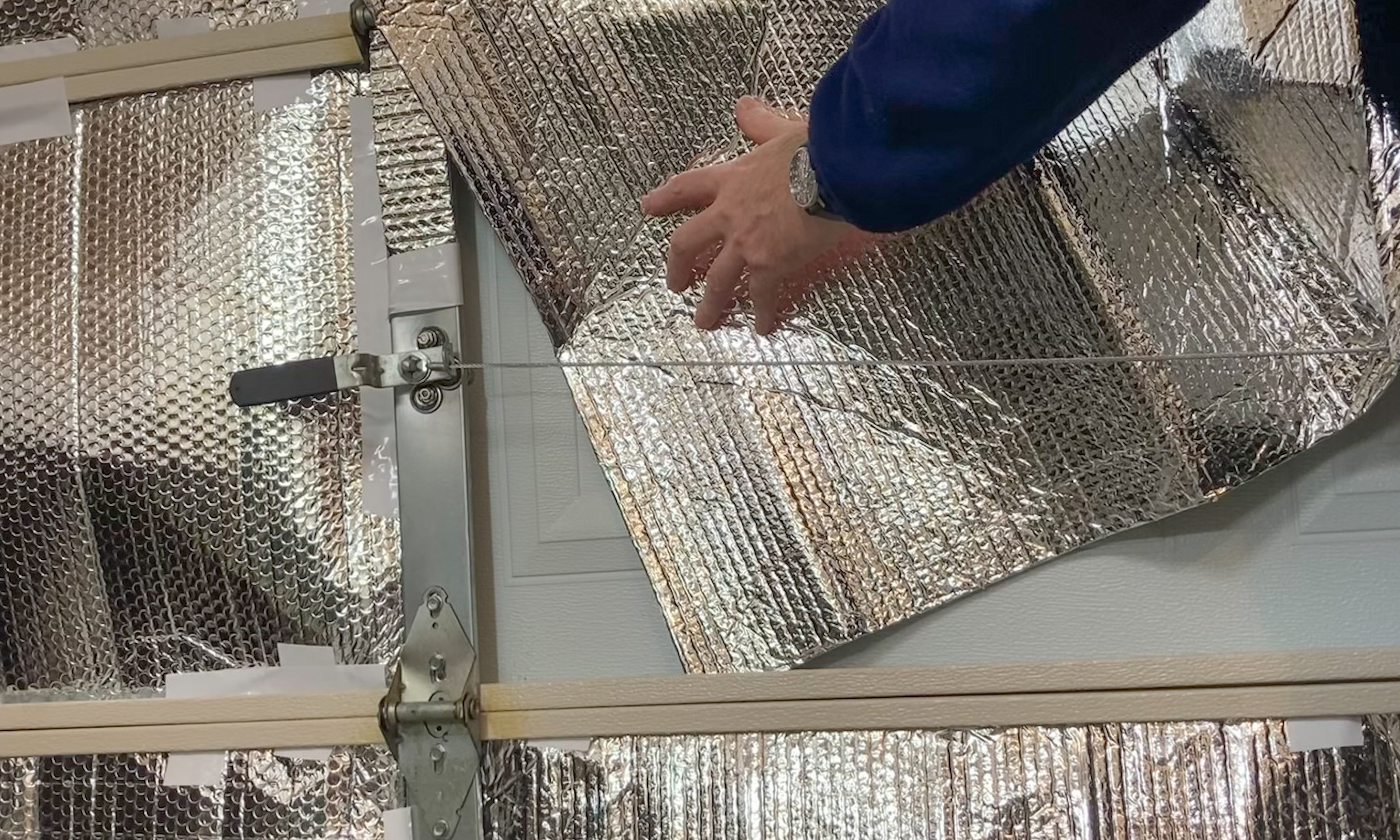

Wondering if garage insulation for doors, walls and floors makes a difference? If yours is heated or air conditioned – either all the time or as and when needed – to ensure it’s a comfortable and usable space (or the ideal place for storing your best home gym equipment), insulating a garage (as well as air sealing it) will help maintain the desired temperature. This will make sure your space is never too chilly, or too warm.
Plus, if you insulate the floor of a conditioned room above an unconditioned garage, you can save both energy and money, according to the US Department of Energy. This is definitely an ideal job to target if you're dealing with the likes of attic insulation, and are just generally looking for more ways to improve your home's energy efficiency.
3 garage insulation options
Insulating a garage door
Insulating a garage door can be a good strategy if yours tends to overheat, as well as to stop the space becoming too cold. It is possible to fit garage door insulation yourself, or you could call in an experienced professional to take on the job for you.
Rigid foam insulation is one option for insulating different types of garage doors. Rigid foam has a high R-value – the measure of an insulating material’s resistance to conductive heat flow.
Want something easier to fit? ‘The best option for the garage door is a reflective foil,’ says Sean Chapman, founder of Tools‘n’Goods. ‘It’s a cost-effective and compact material that any DIYer can install using a basic garage door insulation kit.’
‘If you do decide to insulate your garage door yourself then it is important to apply the insulation evenly across the entire garage door,’ advises Dave Krzyzak, owner of Palm Valley Garage Doors. ‘Applying unevenly can cause your garage door to go off balance and not open properly. I would recommend hiring a professional to apply your insulation, unless you are really good with your hands.’
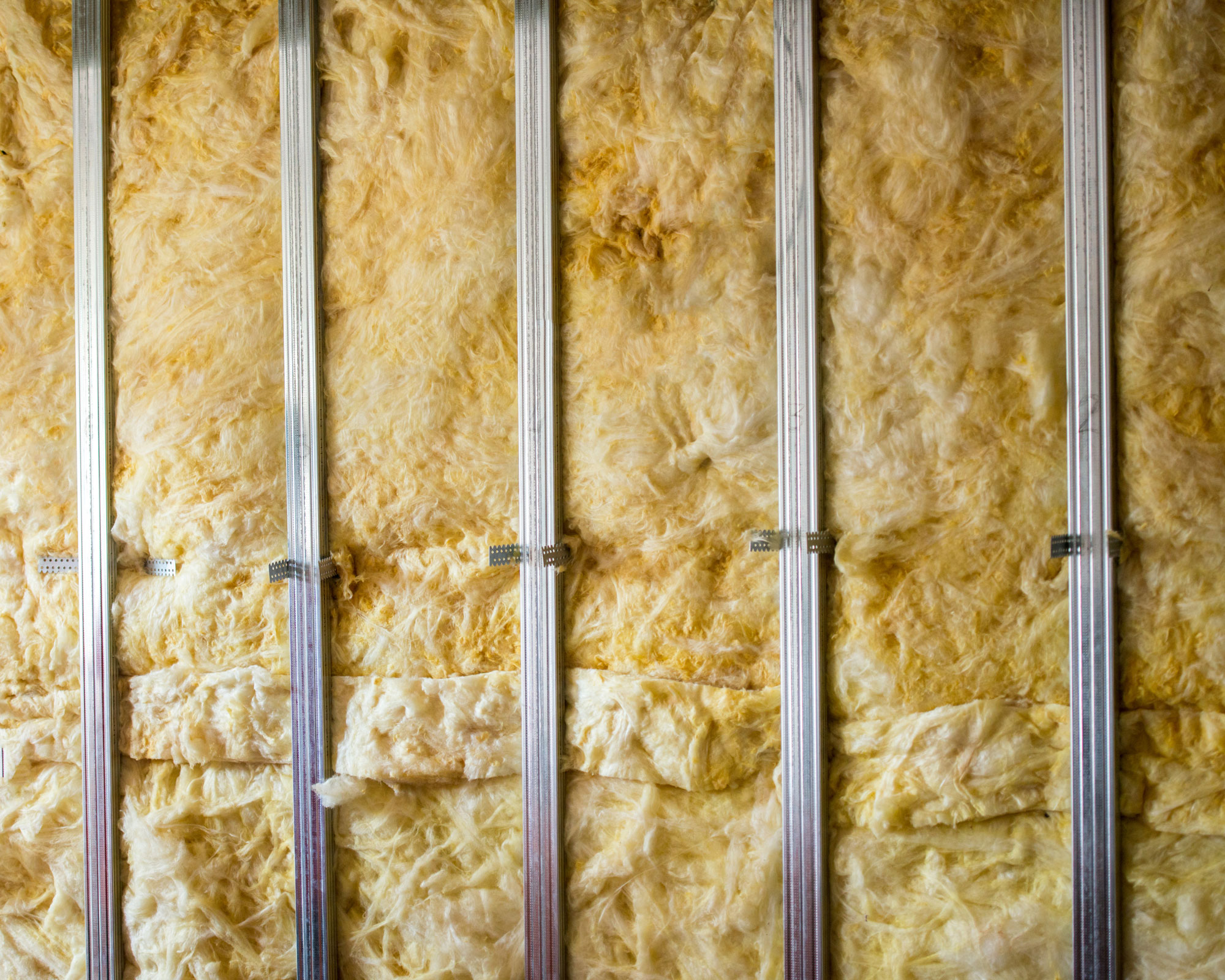
Insulating garage walls
As well as insulating a garage door, consider insulating its walls, especially if you're considering garage conversion to turn it into liveable space. Fiberglass batts are a popular option, and can be fitted in between the wall studs. You can finish the walls with either drywall or plywood.
Make sure you don’t compress the insulation, and be aware that fiberglass can irritate skin, eyes and the respiratory tract. Always wear goggles, a mask and protective clothing when you are adding/using this form of insulation.
Cellulose insulation can be blown into the cavities of finished garage walls as an alternative. You will need to rent the blower, as well as buy the insulation if you choose to do this yourself.
Rigid foam panels are a further option for insulating garage walls. They need to be cut to fit inside stud walls. It’s important to avoid gaps when you’re fitting them to maximize their effectiveness.
Insulating floors over a garage
As well as garage insulation for doors and walls, a further insulating measure you might want to take is insulating floors over an unconditioned garage.
‘Installing continuous air and thermal barriers between an unconditioned garage and the conditioned spaces above can save energy and money, improve comfort, and safeguard indoor air quality,’ says the US Department of Energy.
You should air seal the gaps between the garage and the space above, as well as those between the garage and the outside before you start. Pay attention to any gaps around the structure, and check weatherstripping on the garage door, any window, and door frames.
You can use blanket insulation for this project, which should be fitted between the joists. If you are using Kraft-faced insulation, which has a vapor retarder, this should face the conditioned side of the cavity you are insulating. The insulation should be in contact with the subfloor, but make sure you don’t compress it.
How can I insulate my garage cheaply?
If you want to insulate your garage cheaply, consider fiberglass batts for both the walls and the ceiling.
‘If you’re seeking a low-cost option, batt might be the ideal choice,’ says David Sheppard, founder of HVAC Judge. ‘If your garage already has drywall, blown-in insulation is generally the best option, although it is more expensive.
‘Batt insulation is inexpensive and simple to install. Depending on how handy you are and how excellent you want the finished result to seem, you may need the help of a garage contractor. It will increase your costs, but a professional will get the job done correctly.’
Considering blown-in insulation instead? ‘Blown-in insulation may be the solution if you already have drywall around your garage, but it isn’t insulated,’ he continues.
‘A contractor will come in and cut a hole in the wall, fill it with cellulose insulation, and then patch it up. Blown-in insulation is simple to install and can be completed in a matter of hours without the need for any further demolition or reinstallation. On the other hand, insulation might be more expensive because contractors typically charge a flat fee regardless of the size of the area or the amount of time it takes.’
Join our newsletter
Get small space home decor ideas, celeb inspiration, DIY tips and more, straight to your inbox!

Sarah is a freelance journalist and editor writing for websites, national newspapers, and magazines. She’s spent most of her journalistic career specialising in homes – long enough to see fridges become smart, decorating fashions embrace both minimalism and maximalism, and interiors that blur the indoor/outdoor link become a must-have. She loves testing the latest home appliances, revealing the trends in furnishings and fittings for every room, and investigating the benefits, costs and practicalities of home improvement. It's no big surprise that she likes to put what she writes about into practice, and is a serial house revamper. For Realhomes.com, Sarah reviews coffee machines and vacuum cleaners, taking them through their paces at home to give us an honest, real life review and comparison of every model.
-
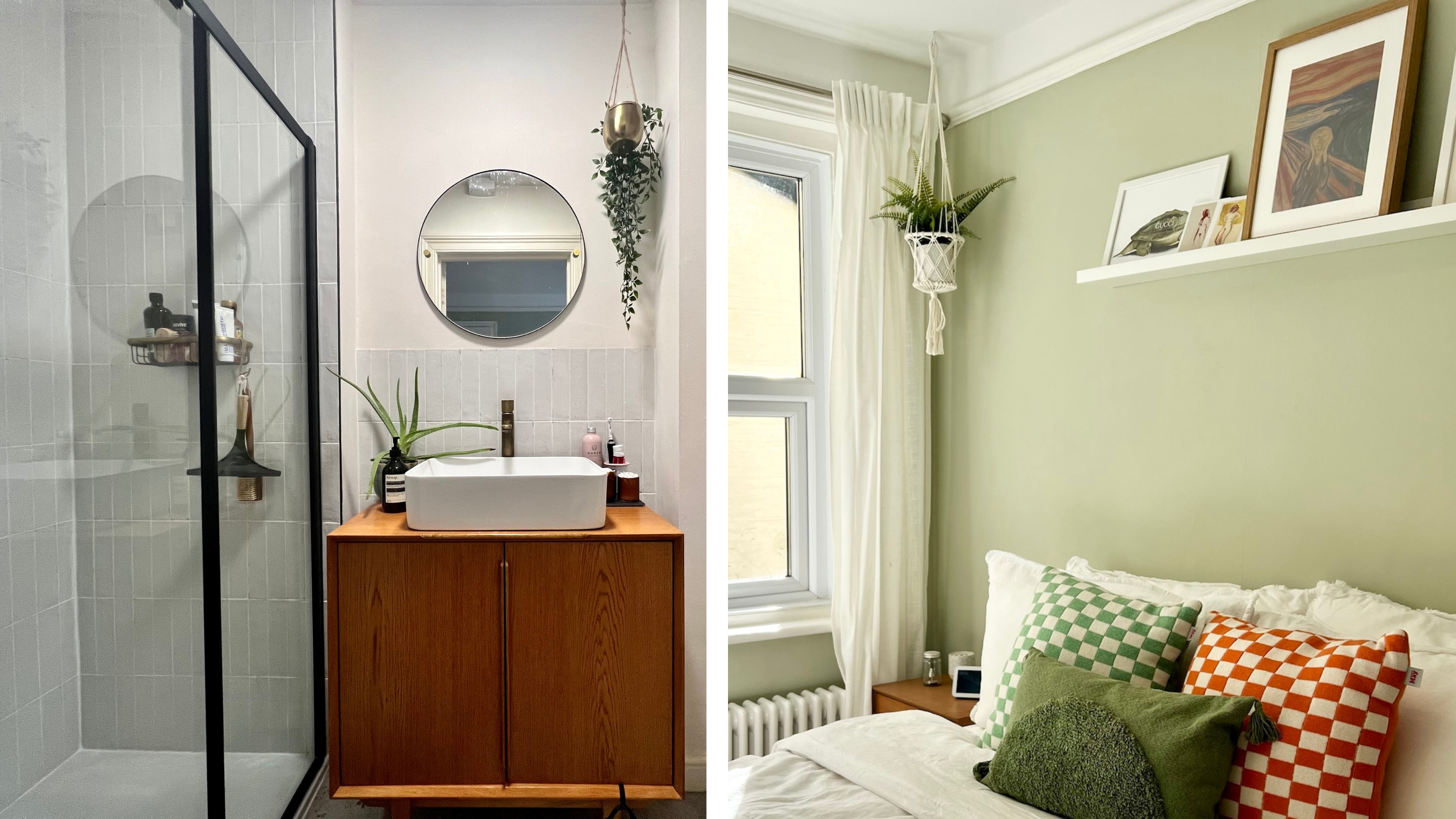 My first apartment makeover: 5 renovation mistakes I learned the hard way, and how you can avoid them
My first apartment makeover: 5 renovation mistakes I learned the hard way, and how you can avoid themThese are 5 things to avoid in your apartment makeover. Trust me, I learned these the hard way during my first renovation project
By Luisa Rossi Published
-
 Share your small space glow up to win $150 in the Real Homes competition
Share your small space glow up to win $150 in the Real Homes competitionShow off your creativity and DIY skills to win $150 and for the chance to be featured exclusively in Real Homes magazine
By Camille Dubuis-Welch Last updated
-
 My DIY range hood and backsplash build gave my kitchen the perfect farmhouse finish
My DIY range hood and backsplash build gave my kitchen the perfect farmhouse finishI craved charm in my kitchen space and adding a custom range hood and shelving was the best move.
By Brooke Waite Published
-
 Garage conversion costs: budget for creating extra living space
Garage conversion costs: budget for creating extra living spaceWant to expand your home? These are the garage conversion costs you need to know about
By Sarah Warwick Published
-
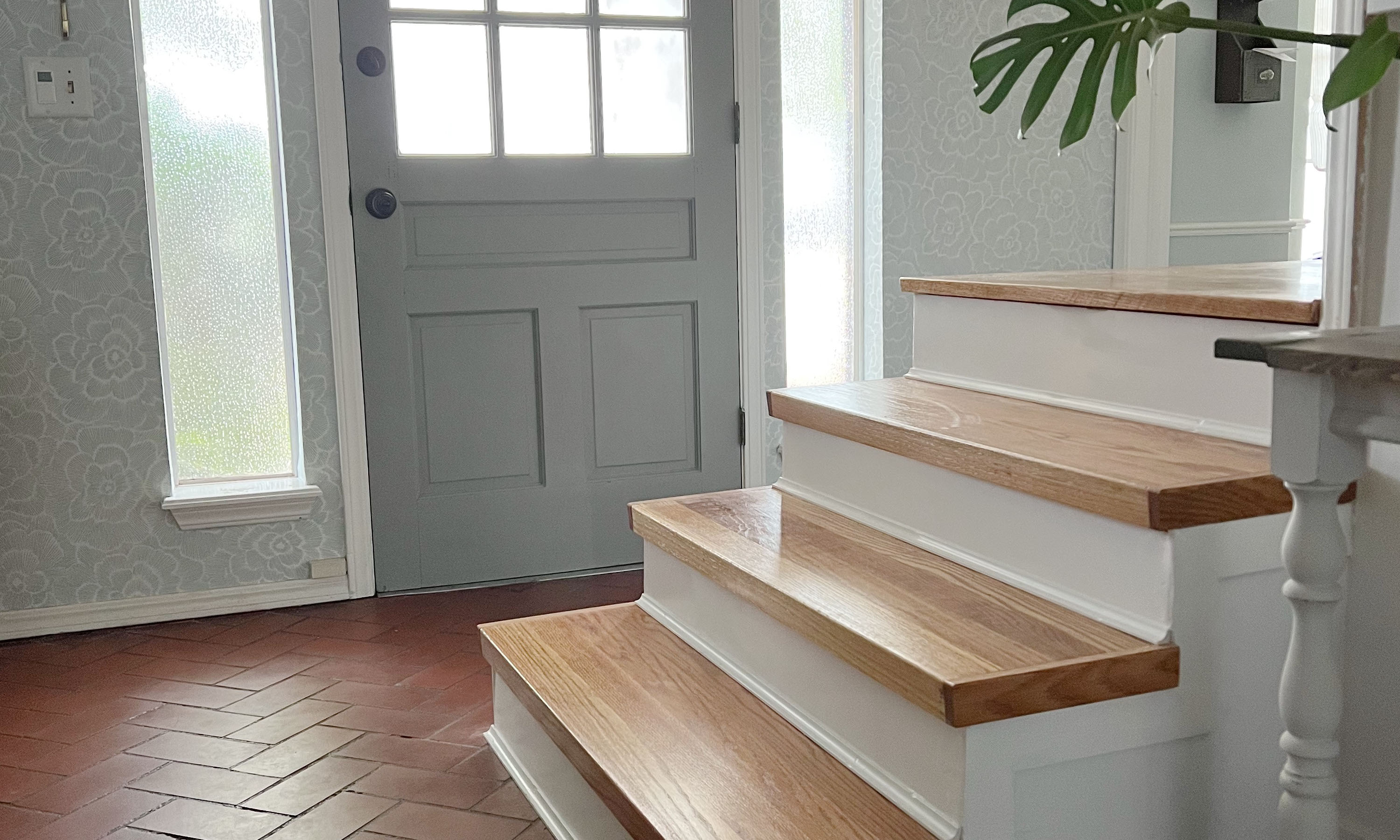 How to convert carpeted stairs to wood treads: a 5-step DIY
How to convert carpeted stairs to wood treads: a 5-step DIYConvert old worn-out carpeted stairs to wood treads DIY for a beautiful finish that will last for years to come. Plus, this stair riser project will cost a fraction of the price to pay a pro!
By Dori Turner Published
-
 AC not working? Here are 8 things to check ASAP according to industry experts
AC not working? Here are 8 things to check ASAP according to industry expertsYour AC may not be working because the filter is clogged or you've got a tripped circuit breaker. Whatever the issue, getting to the root of the problem will lead to quicker solutions
By Camille Dubuis-Welch Published
-
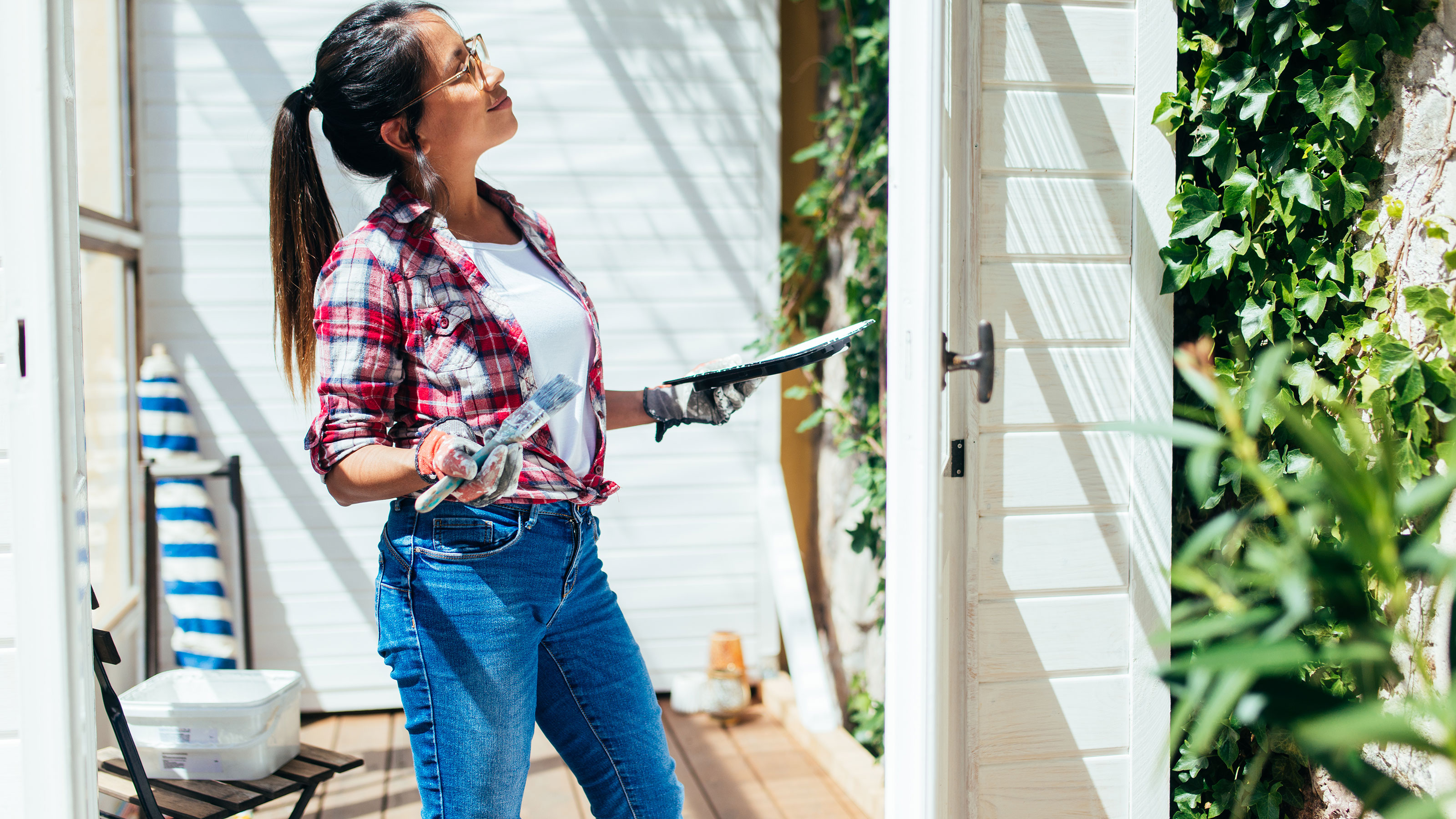 3 DIYs you should NOT do in a heatwave
3 DIYs you should NOT do in a heatwaveYou shouldn't clean windows on a hot day, you just shouldn't
By Camille Dubuis-Welch Last updated
-
 HGTV home renovator shares the most essential home repair you can do
HGTV home renovator shares the most essential home repair you can doHGTV's hottest renovator Carmine Sabatella debunks why this basic home maintenance job should not be forgotten
By Camille Dubuis-Welch Last updated